Description
This is the Solution Manual for Engineering Economy 15th Edition by William G. Sullivan, Elin M. Wicks, C. Patrick Koelling. Used by engineering students worldwide, this best-selling text provides a sound understanding of the principles, basic concepts, and methodology of engineering economy. Built upon the rich and time-tested teaching materials of earlier editions, it is extensively revised and updated to reflect current trends and issues, with an emphasis on the economics of engineering design throughout. It provides one of the most complete and up-to-date studies of this vitally important field.
Engineering Economy is intended to serve as a text for classroom instruction in undergraduate, introductory courses in Engineering Economics. It also serves as a basic reference for use by practicing engineers in all specialty areas (e.g., chemical, civil, computer, electrical, industrial, and mechanical engineering). The book is also useful to persons engaged in the management of technical activities.
And this is the answer in full for some questions like: what is Solution Manual for Engineering Economy 15/E William G. Sullivan, Elin M. Wicks, C. Patrick Koelling? where you can download Solution Manual for Engineering Economy 16 /E William G. Sullivan, Elin M. Wicks, C. Patrick Koelling? and how you can get Solution Manual for Engineering Economy 16 /E William G.
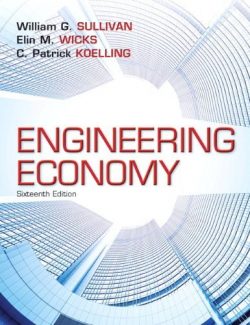
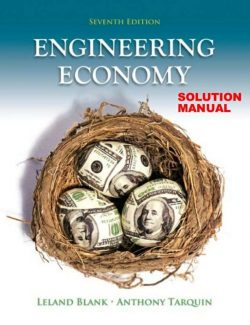
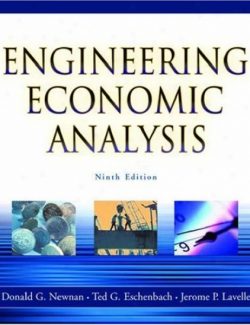
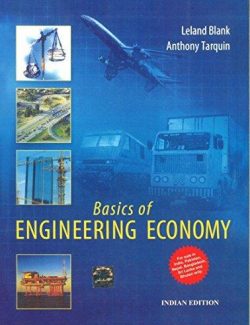
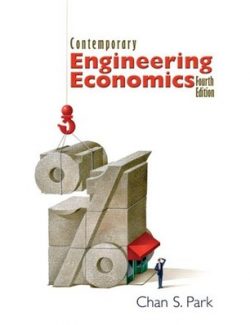
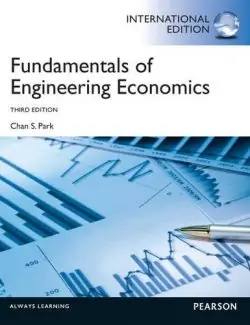
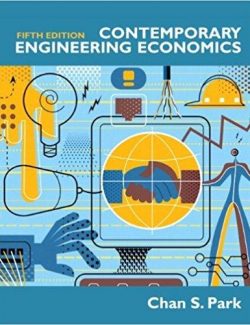
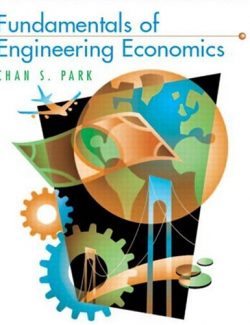
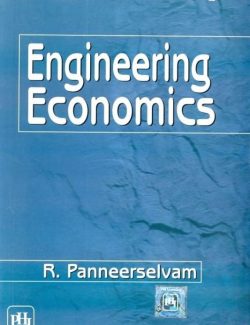
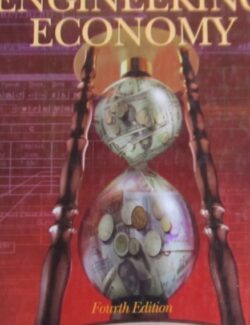
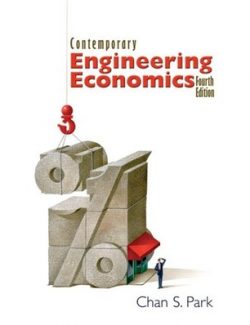
Leave us a comment
1 Comment